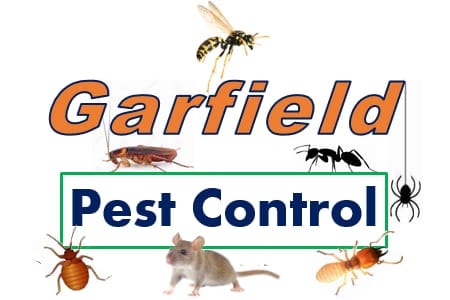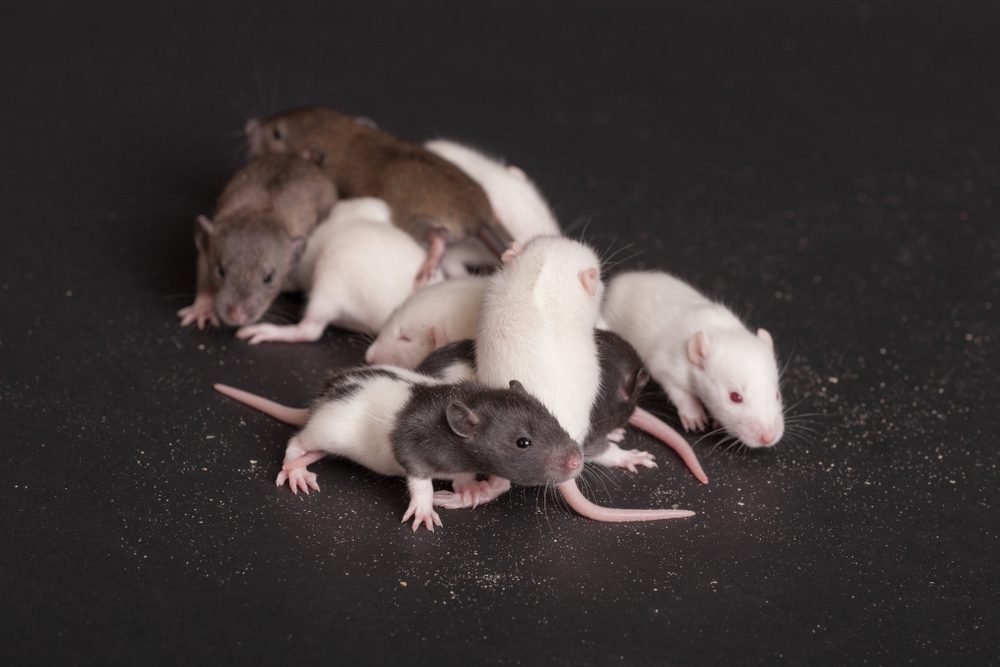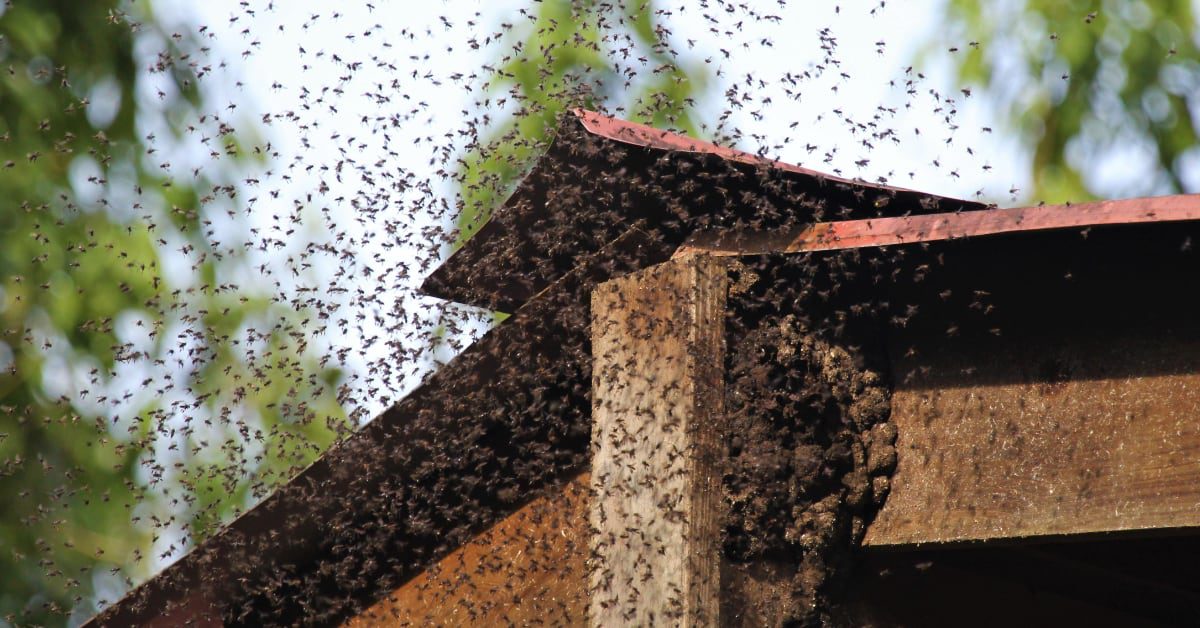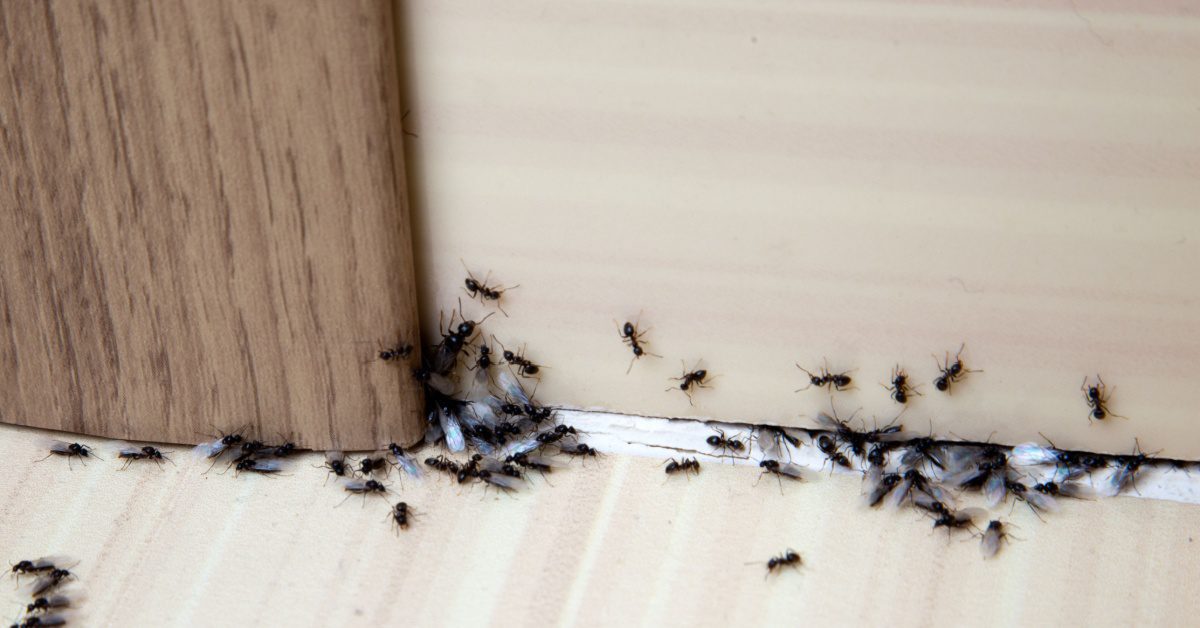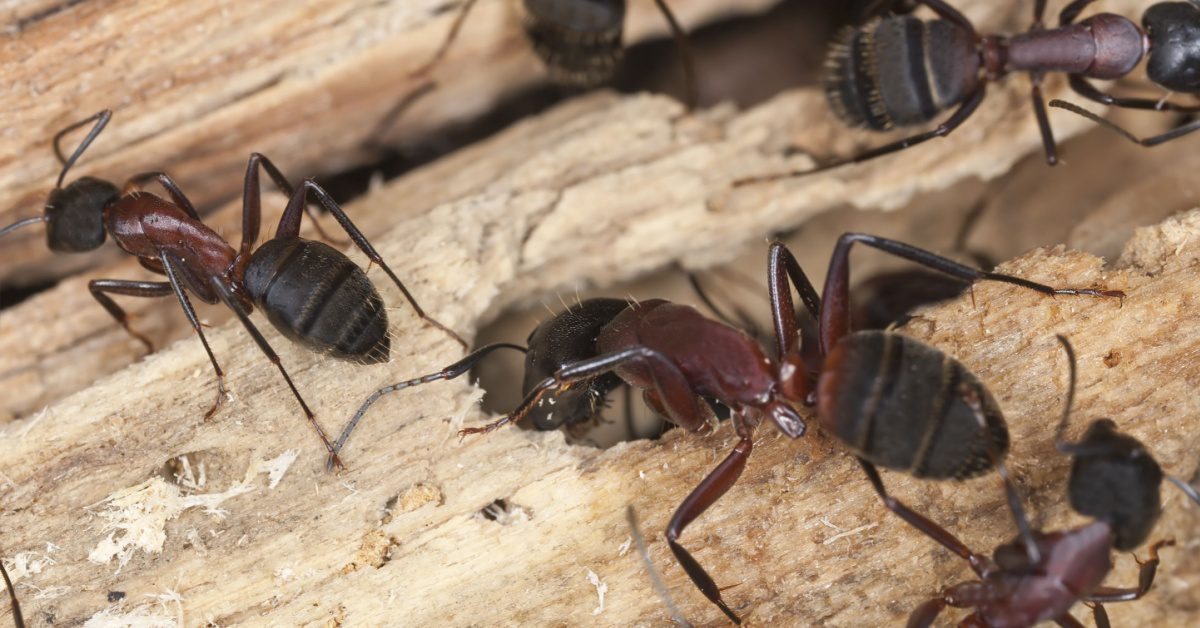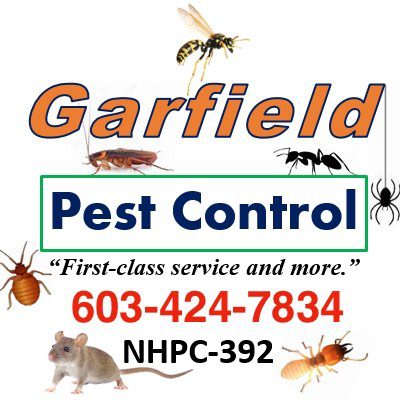Rodent Identification: A Guide to Different Types of Rodents
Rodents constitute a diverse and widespread group of mammals, encompassing species that vary in size, habits, and habitats. From the commonly encountered house mouse to the elusive flying squirrel, understanding rodent identification and the characteristics of different rodents is essential for effective prevention and management.
This complete guide delves into the world of rodents, providing valuable information on rodent identification and various types, including mice, rats, hamsters, guinea pigs, and squirrels. We follow up with a few essential tips on rodent prevention and management.
Mice
House Mouse (Mus musculus)
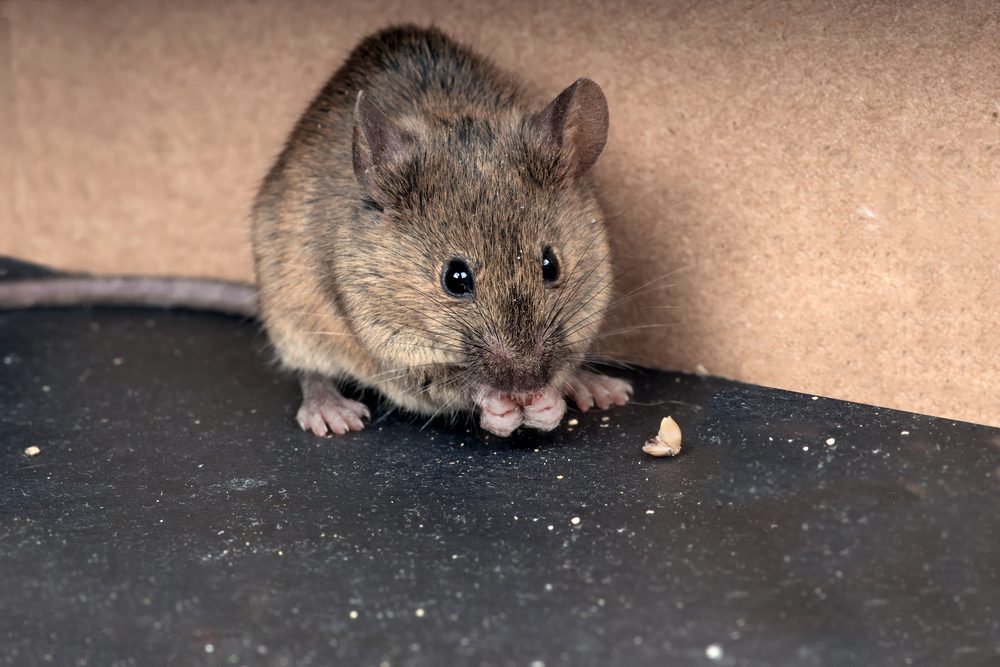
We begin the rodent identification journey with the house mouse.
The house mouse is one of the more common and adaptable rodents worldwide. Typically measuring 2.5 to 3.5 inches in length, excluding the tail, it has a pointed snout, large ears, and a long, scaly tail. House mice exhibit a keen sense of hearing and a penchant for gnawing, often causing damage to structures and food supplies.
The color of their fur can range from light brown to gray, and they are known for their rapid reproduction rates.
Deer Mouse (Peromyscus maniculatus)


Recognized by its bi-colored tail – dark on top and white underneath – the deer mouse is prevalent in North America. With large eyes and ears, it often exhibits a brownish coat with white feet and underparts.
Found in diverse habitats, deer mice are known carriers of Hantavirus, making proper identification crucial for both control measures and public health.
Rats
Norway Rat (Rattus norvegicus)


Also known as the brown or sewer rat, the Norway rat is a burrowing rodent that thrives in urban environments. Larger than the house mouse, it can grow up to 9 to 11 inches long, not including its tail. Characterized by a blunt snout, small ears, and a scaly tail, Norway rats have brown or gray fur.
They are omnivores and consume a wide variety of foods. In addition, they are notorious for their role as carriers of diseases.
Roof Rat (Rattus rattus)
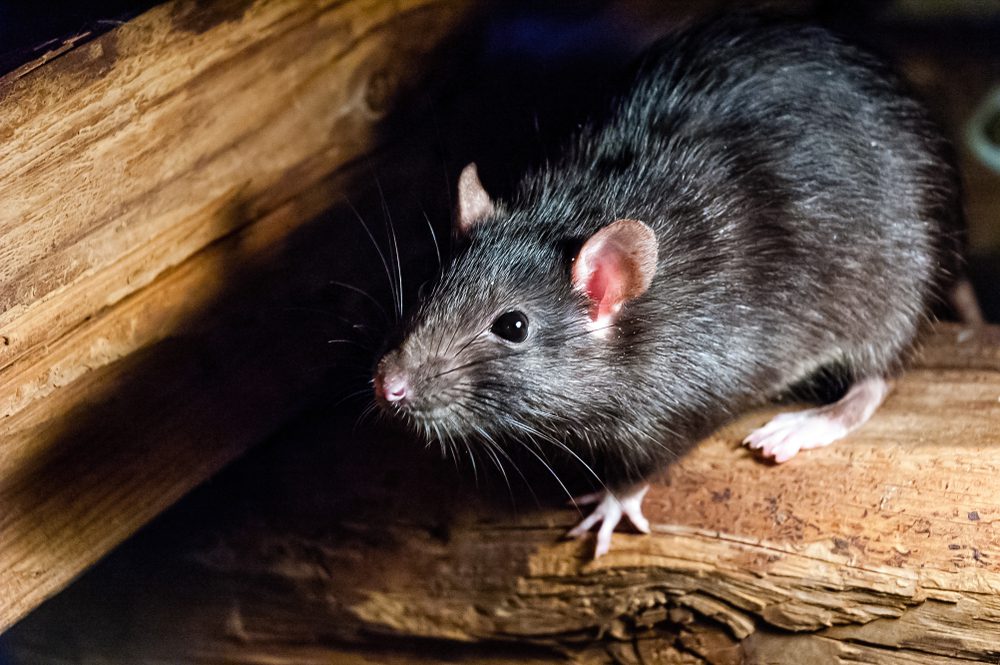

Distinguished by its sleek body, long tail, and large ears, the roof rat is an agile climber, often found in elevated spaces such as attics and trees. Smaller than the Norway rat, it typically measures 6 to 8 inches long, excluding the tail. Roof rats have a pointed snout and a fur coat ranging from black to brown.
They are skilled foragers and can cause damage by gnawing on electrical wires and structural components.
Hamsters
Syrian Hamster (Mesocricetus auratus)
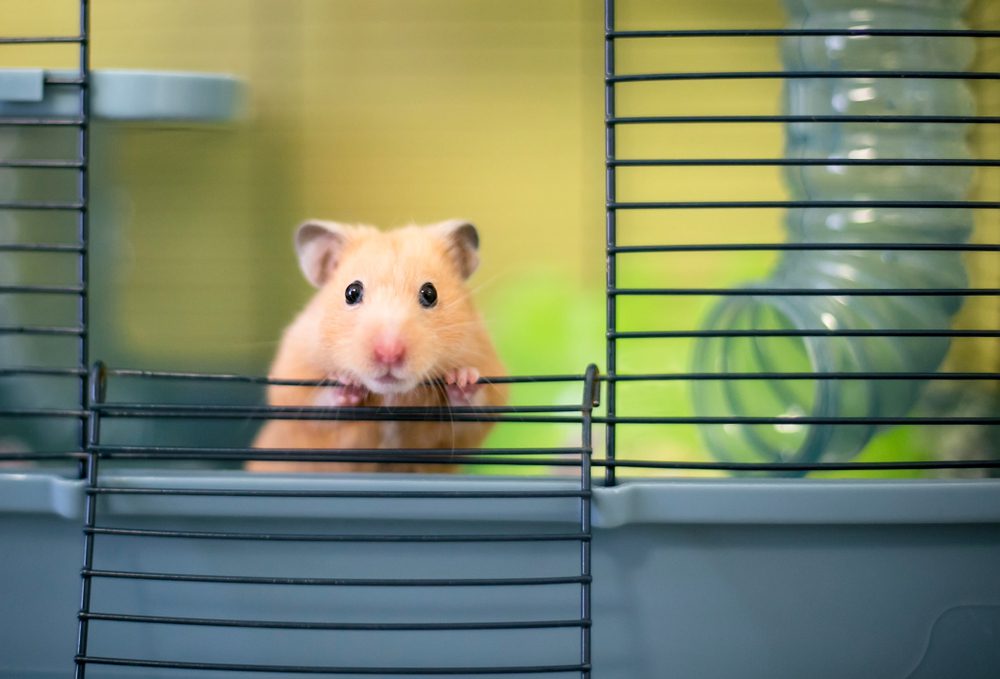

One of the most popular choices as a pet, the Syrian hamster, is a solitary and nocturnal rodent. Recognizable by its stout body and short legs, it typically has golden-brown fur, although various color variations exist.
Syrian hamsters are known for their cheek pouches, which they use to carry food, and they require adequate space, hiding spots, and an exercise wheel in captivity.
Dwarf Hamster
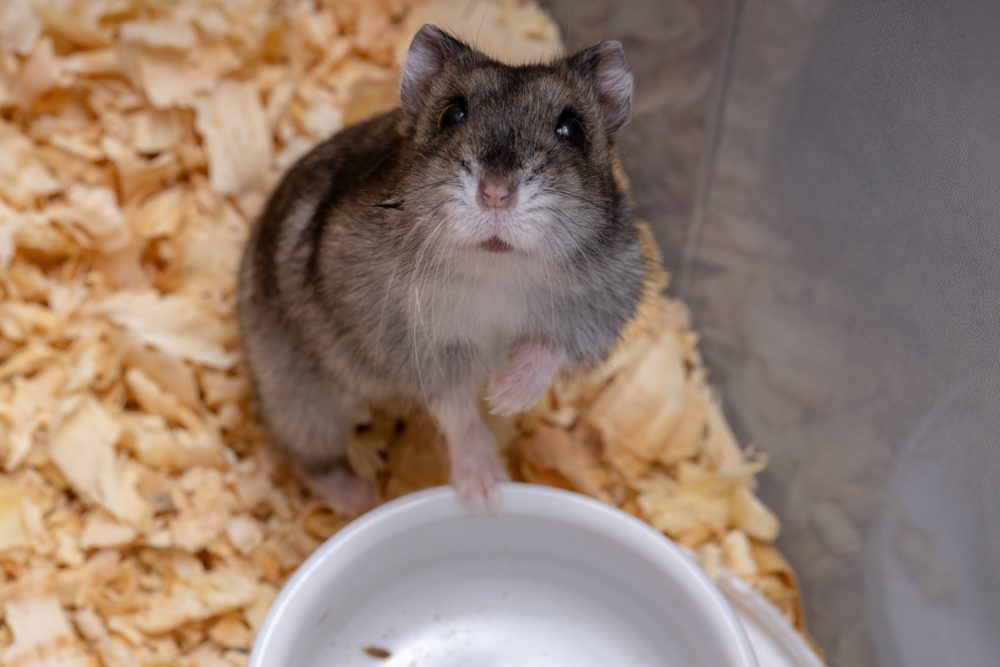

Dwarf hamsters encompass several species, including the Campbell’s dwarf, Roborovski, and the Winter White Russian dwarf. Smaller than the Syrian hamster, dwarf hamsters are social animals and may be kept in pairs or groups.
They exhibit a range of fur colors and patterns, and their small size makes them well-suited for compact living spaces.
Guinea Pigs
Domestic Guinea Pig (Cavia porcellus)
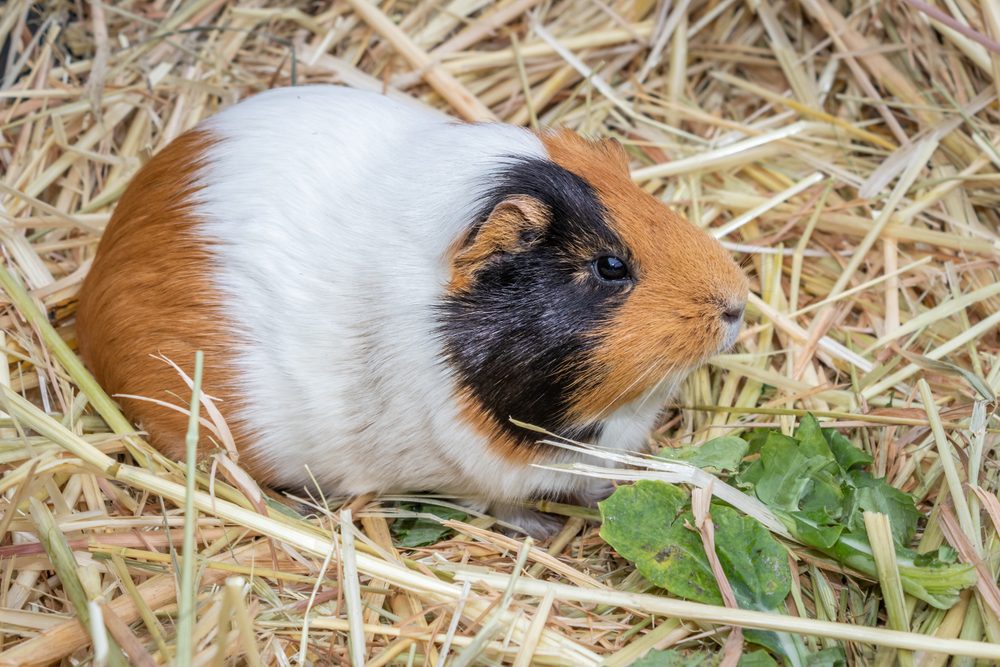

Categorized as a cavy, the domestic guinea pig is a popular choice as a pet because of its gentle nature and sociable behavior. Larger than hamsters, guinea pigs have a stout body, short legs, and a distinctive cleft upper lip.
They come in various coat colors and patterns, including smooth, long-haired, and curly-haired breeds. Guinea pigs require social interaction, a balanced diet, and proper cage accommodations.
Squirrels
Eastern Gray Squirrel (Sciurus carolinensis)
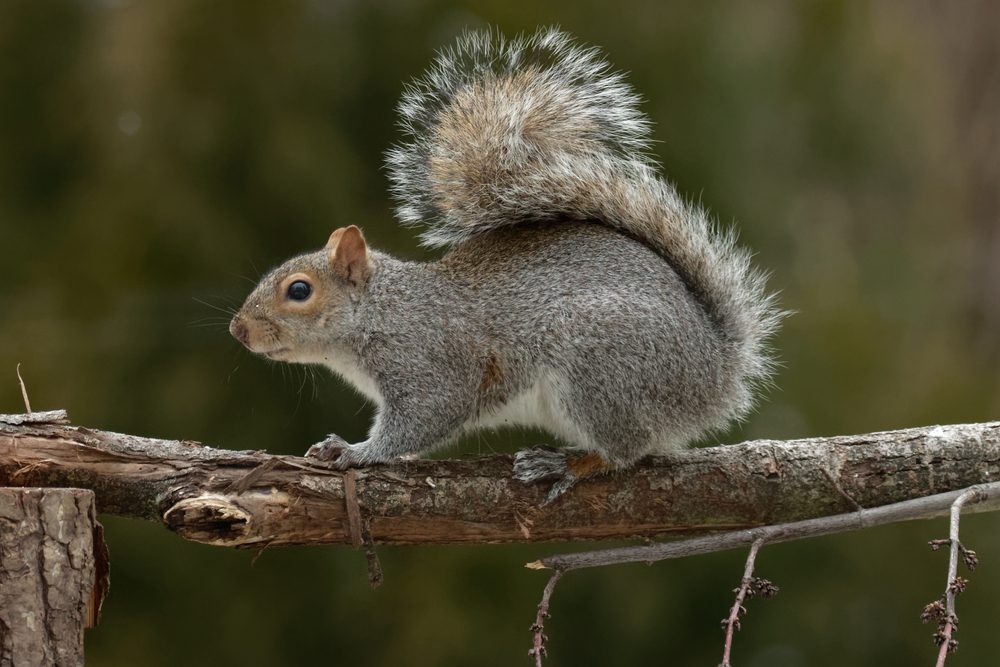

The eastern gray squirrel, found extensively across North America, is an arboreal rodent characterized by its bushy tail, utilized both for balance and communication. Its predominant color is typically gray with a contrasting white belly, although it may display various color variations.
Renowned for its impressive acrobatic skills, the eastern gray squirrel is frequently observed in urban and suburban settings, engaging in the foraging of nuts and seeds.
Red Squirrel (Sciurus vulgaris)
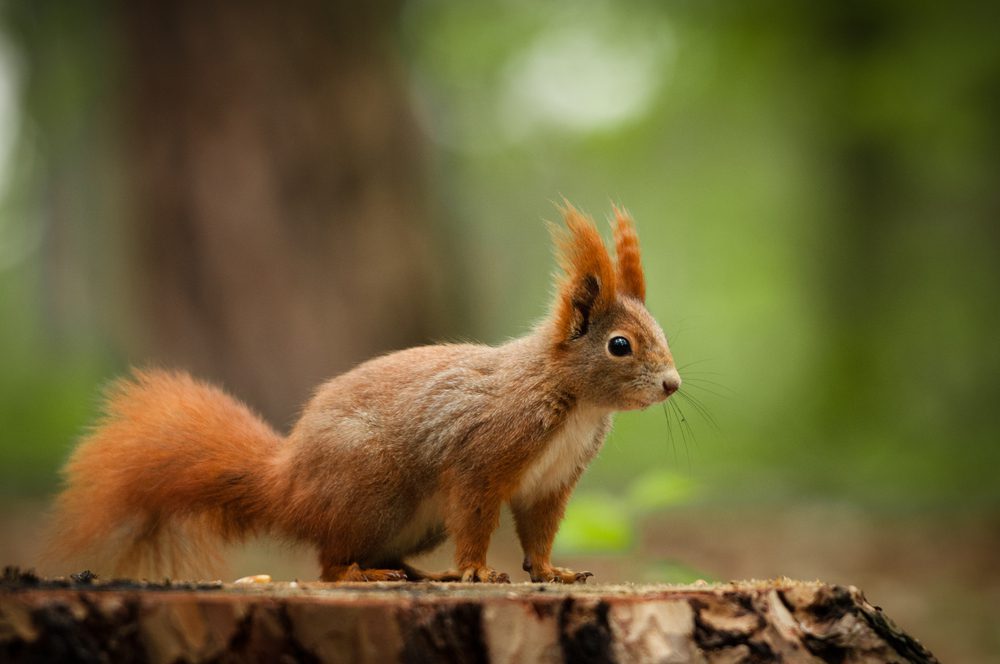

Native to Eurasia, the red squirrel is recognized by its red or reddish-brown fur and tufted ears. A skilled climber, it is often found in coniferous forests.
Red squirrels are known for their territorial behavior and vocalizations, making them a distinct species within the squirrel family.
Prevention and Management
Effective rodent identification is the first step toward implementing appropriate prevention and management strategies. Regardless of the type of rodent, some general preventive measures include:
- Sealing Entry Points: Identify and seal potential entry points in buildings to prevent rodents from gaining access.
- Proper Sanitation: Maintain cleanliness in and around homes, eliminating potential food sources that may attract rodents.
- Secure Food Storage: Store food items in airtight containers to prevent contamination and discourage rodents.
- Regular Inspections: Conduct routine inspections to detect signs of rodent activity early on, allowing for timely intervention.
Navigating Rodent Identification – The Insight into Them and Coexistence
Understanding the various types of rodents is essential for homeowners, pet owners, and those involved in pest control. Each species has distinct characteristics, behaviors, and requirements, making accurate identification crucial for effective management.
Whether as household pests or beloved pets, these rodents share our living spaces, and gaining knowledge about them empowers us to coexist harmoniously or take necessary measures for their control.
By recognizing rodent identification and the diversity within the rodent family, we can better appreciate the intricacies of these fascinating creatures and make informed decisions to ensure the well-being of our homes and environments.
Secure Spaces, Pest-Free Places – Trust Garfield Pest Control in New Hampshire
In the quest for rodent identification and pest-free living, Garfield Pest Control emerges as your reliable partner, serving not just Merrimack, Manchester and Nashua but reaching far beyond. The pest control team’s expertise extends beyond eradicating pests; dedication to providing comprehensive solutions customized to everyone’s unique pest needs is a priority.
Don’t let pests disrupt your peace of mind. Contact Garfield Pest Control today and safeguard your home or business with the assurance of effective and professional pest management services. Your comfort and tranquility start with a simple call.
